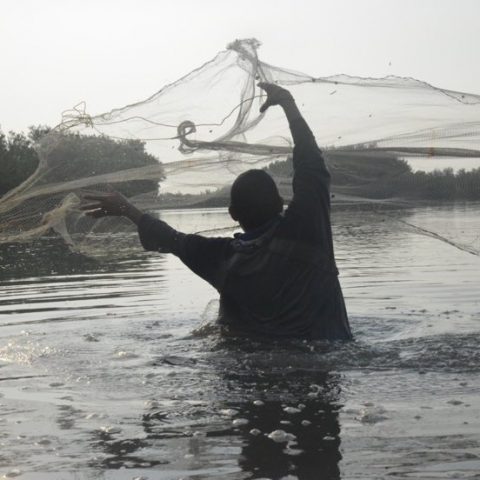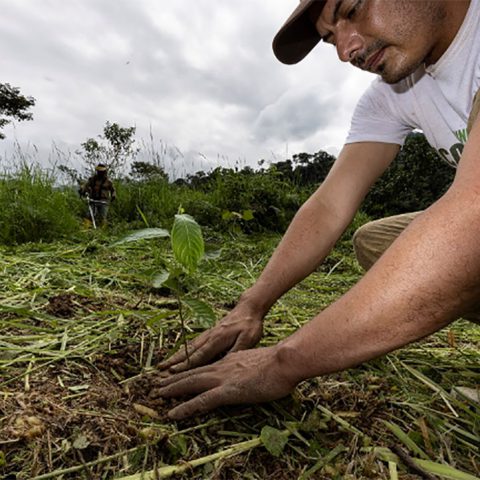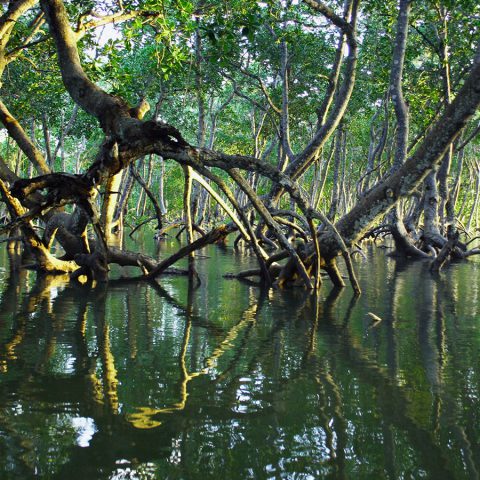Accurate assumptions over carbon sequestration levels and maximising success of the implementation
rePLANET has developed detailed carbon tables based on literature and satellite data on above ground biomass for reforestation projects that allow variables such as rainfall levels, soil type and temperature to be input to predict growth rates. These tables which include adjustments for issues such as enteric methane, produce conservative estimates for predicted carbon levels over the lifetime of the project, so that the buyer has a guaranteed supply which is likely to be exceeded in practice.
Mangrove restoration projects sequester significant amounts of carbon by re-establishing forest cover and hydrology. In addition, the restoration of cleared mangroves halts carbon emissions from exposed sediment and microbial activity that would otherwise emit 7 tonnes of carbon dioxide per hectare per year, rePLANET carbon tables account for this by factoring in carbon locked in by restoring hydrology (Attwood et al. 2017: Lovelock et al. 2011). Without mangrove restoration, cleared areas sediment carbon reduces by around 200 tonnes per hectare over a 25 year period, therefore, this carbon is claimable as avoided loss credits.
Unlike most avoided loss credits which depend on assumptions about human behaviour, loss of carbon from exposed sediment is an irreversible chemical and physical process which can only be stopped by restoring the original hydrological conditions.
Maximising the success of a project relies on understanding how ecosystems function. For example, in most cases restoring mangroves without providing the right hydrological conditions will result in failure. Likewise, when restoring native forests it is necessary to ensure that fast growing pioneer species (e.g. balsa) are established to provide the shade needed for the late stage succession trees to succeed.




